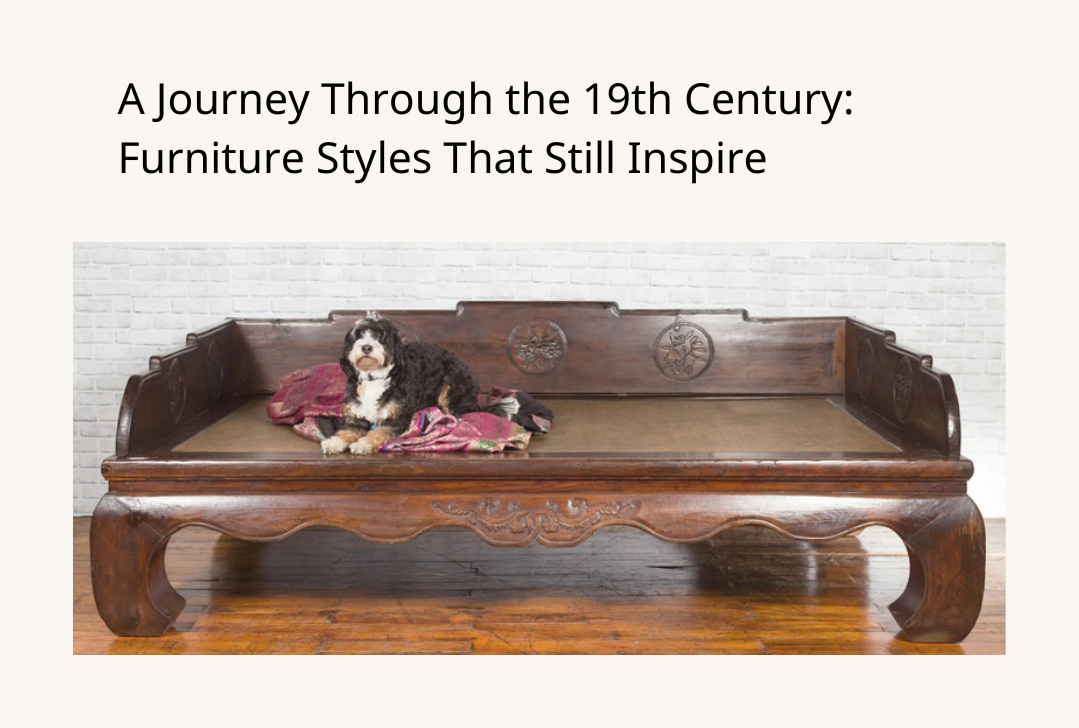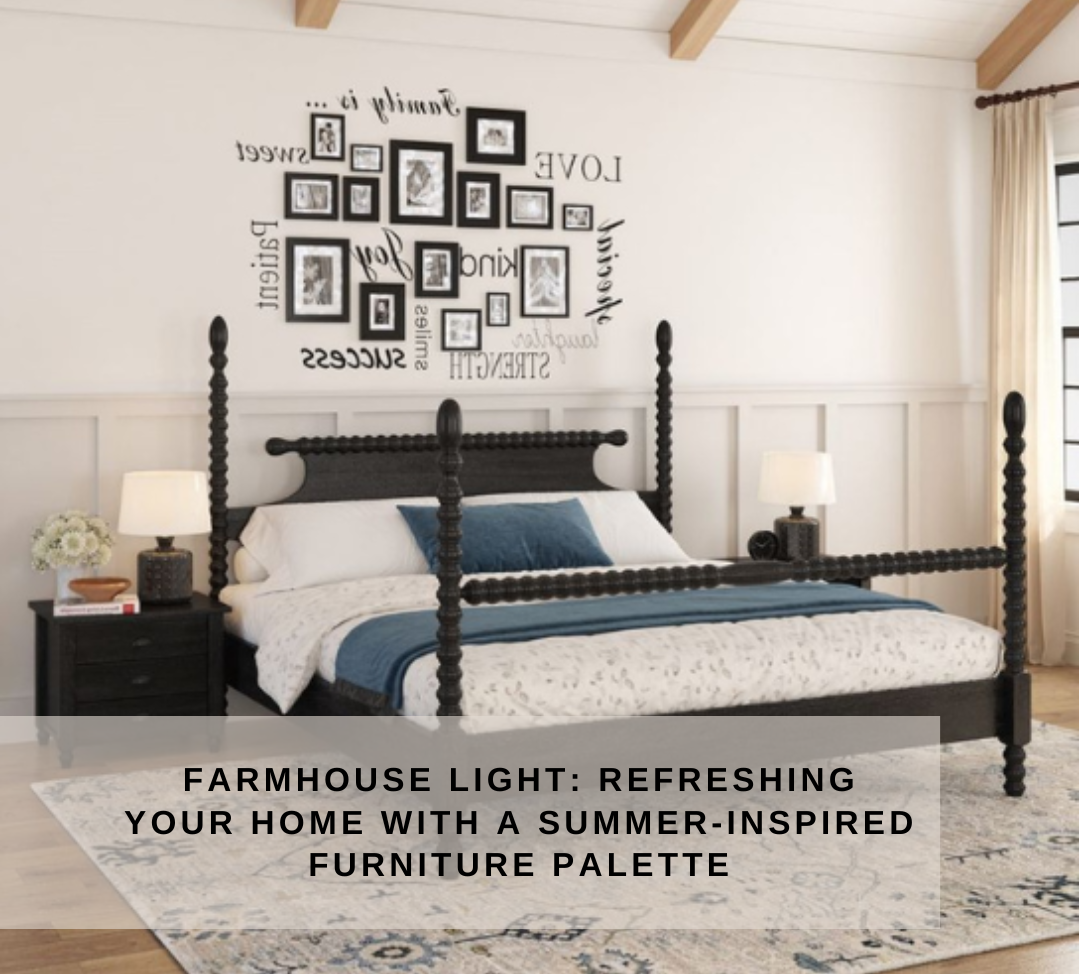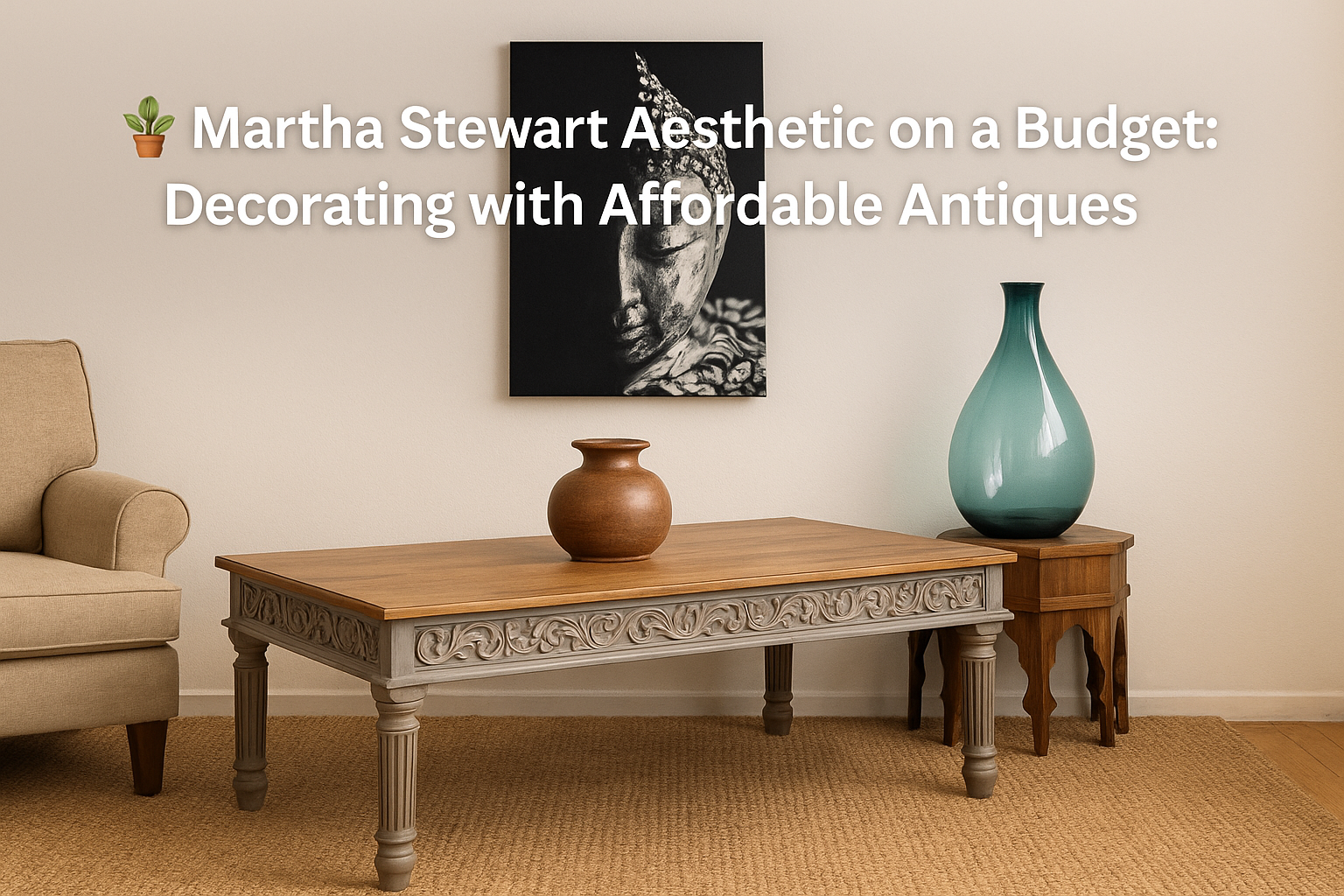
A Journey Through the 19th Century: Furniture Styles That Still Inspire
The 19th century was a golden era for furniture design — a time when wood whispered stories, curves carried culture, and form followed not trends, but traditions. From grand Victorian silhouettes to the elegance of Neoclassical lines, this period gave us some of the most iconic styles that continue to shape modern interiors today.
At frescoartfurniture.com, we celebrate this legacy — not by replicating it, but by reviving it through thoughtful craftsmanship, rich materials, and storytelling design.
Join us as we explore the most influential 19th-century furniture styles, and how they still shape the world of antique, farmhouse, and designer furniture in 2025.
Victorian Furniture: The Art of Ornament

The Victorian era (1837–1901) wasn’t shy about drama. This style is known for its:
-
Ornate carvings
-
Dark, rich woods (mahogany, walnut, rosewood)
-
Tufted upholstery and velvet finishes
-
Curved legs and cabriole forms
-
Decorative motifs like acanthus leaves, shells, and florals
In modern interiors, Victorian influence shows up in statement dressers, carved armoires, and accent chairs that lend a sense of story and presence.
How to use it today: Pair a carved Victorian console with modern lighting or minimal wall colors to let the piece breathe.
Empire Style: Power in Symmetry

Heavily influenced by ancient Roman design, the Empire style (early 1800s) represented grandeur and formality. Look for:
-
Bold proportions
-
Symmetrical designs
-
Brass or gold detailing
-
Strong, solid silhouettes
This style inspired many designer sideboards and cabinet bases seen in today’s upscale interiors — blending history with refinement.
Today’s twist: Add an Empire-style chest to a modern dining room to create contrast and elegance.
Gothic Revival: Arches, Details, and Drama

Gothic Revival furniture flourished mid-century with strong architectural references:
-
Pointed arches
-
Finial decorations
-
Quatrefoil patterns
-
Verticality and drama
Its influence is evident in farmhouse buffets, arched dressers, and hallway cabinets that incorporate delicate woodwork and moody finishes.
Use it today: Place a Gothic-style armoire in a minimal bedroom for a moody, majestic touch.
Eastlake Style: Craftsmanship for the People

Named after Charles Eastlake, this style (1870s–1890s) marked a shift toward clean lines and functional decoration. It emphasized:
-
Geometric, incised carving
-
Simpler shapes
-
Visible joinery
-
Sturdy construction over flamboyance
Eastlake design aligns with today’s desire for authentic, handmade, and sustainable furniture. Think: a dresser that’s simple in form, but rich in handcrafted detail.
Modern pairing: Match an Eastlake-inspired console with jute rugs and black iron sconces for that farmhouse-meets-industrial vibe.
Shaker Style: Simplicity as Luxury

Rooted in practicality and faith, Shaker furniture prioritized function over flourish. Its hallmarks include:
-
Straight lines
-
Peg rails and boxy drawers
-
No ornamentation
-
Symmetry and balance
Shaker ideals now influence minimalist farmhouse furniture, with clean-lined wooden cabinets and sideboards crafted for longevity.
Design tip: Shaker dressers fit perfectly in Scandinavian, Japandi, or even boho-inspired spaces.
Why 19th Century Design Still Matters in 2025
The beauty of 19th-century furniture is its timelessness. These styles weren’t built on fads — they were expressions of craft, purpose, and identity. In a world leaning toward fast design, returning to these roots feels more relevant than ever.
Whether you're curating an entire farmhouse-style home or just want to add a single heirloom-quality piece, looking to the 19th century provides:
-
Character: No two antique-inspired pieces are alike.
-
Craftsmanship: Hand-carved, real-wood furniture made to last generations.
-
Warmth: Unlike modern flat-pack items, 19th-century styles add soul.
-
History: Each curve and detail carries a cultural narrative.
Frequently Asked Questions
What’s the best wood for 19th-century-inspired furniture?
Woods like mahogany, walnut, and oak were historically popular — and they remain ideal for quality and character.
How do I style antique furniture in a modern home?
Let the antique piece stand alone as a focal point. Pair with neutral tones, clean lines, and soft textures to balance the look.
Is 19th-century furniture suitable for small spaces?
Yes. Smaller dressers, narrow console tables, and compact accent chairs work beautifully in urban apartments or entryways.
What finishes pair well with antique pieces?
Matte brass, iron hardware, and natural fabrics like linen and cotton pair best with historical textures.
Where can I find 19th-century-inspired designer pieces?
Browse artisan-crafted furniture that brings heritage into your home at:
👉 frescoartfurniture.com
Are these styles out of fashion in 2025?
Not at all. In fact, vintage and heritage looks are more in demand as buyers seek meaningful, lasting design.
Can I mix multiple 19th-century styles in one room?
Yes — with a cohesive color palette and thoughtful styling, you can create a collected, curated look that feels elevated, not cluttered.
Final Thought
To decorate with 19th-century influence is to choose intention over impulse, story over surface, and craft over convenience. At frescoartfurniture.com, we don’t just honor this past — we craft it into your present.
✨ Rediscover timeless beauty. Shop now and bring 19th-century elegance into your modern home.


